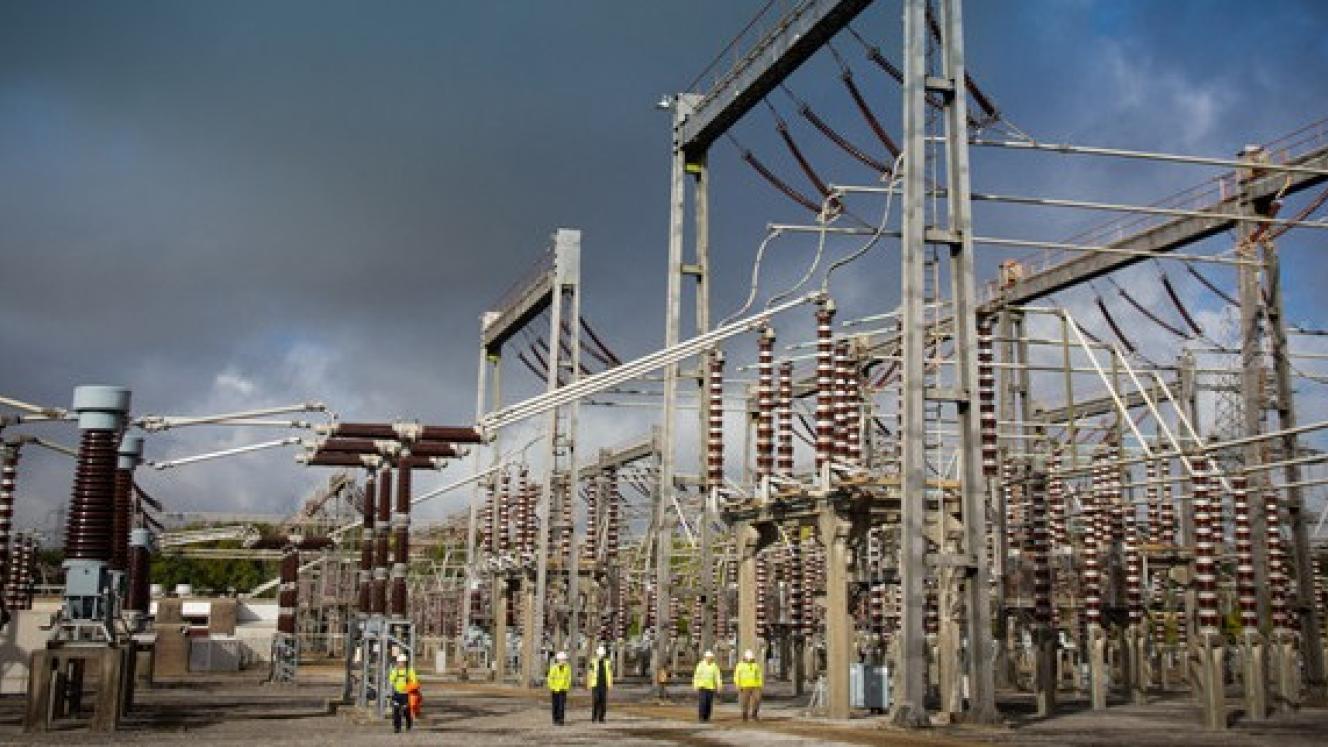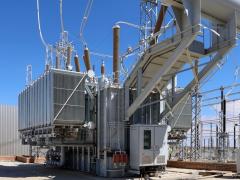Private-sector investors have expressed strong interest in long-term contracts of 25-35 years under the Integrated Transmission Plan (ITP) programme with preference for the option to extend. They also favour the build, own, operate and transfer (BOOT) or build, operate and transfer (BOT) models for implementation.
These insights emerged from the Department of Electricity and Energy’s ITP market-sounding exercise (ITP MSE) shared by Electricity and Energy Minister Kgosientsho Ramokgopa at the inaugural South African Transmission Infrastructure Investment Forum at the Johannesburg Stock Exchange (JSE) in Sandton last Friday. The event was hosted in partnership with National Treasury and the JSE.
Launched on December 11 and concluded on February 28, the ITP MSE will inform South Africa’s investment roadmap for expanding and modernising its transmission infrastructure.
More than 130 stakeholders responded to the ITP MSE questionnaire, which comprised 113 questions spanning several categories including project structure, financing, security arrangements, risk allocation and regulatory risks. Of the respondents, 36% were contractors involved in execution and funding, 26% were sponsors, 9% were lenders and 29% were in the “other” category. In terms of geographic profile, 65% were local organisations, 28% international and 7% operated across both spheres.
“Local entities have shown strong interest in the ITP – 44% have already partnered with international organisations,” said Ramokgopa, addressing a room of financiers, investors, developers, state-owned enterprises and other stakeholders.
Key insights from the market-sounding exercise include:
- ITP structure
- The private sector emphasised the need for comprehensive agreements to ensure effective risk allocation between government and private partners and called for robust project agreements.
- There is strong preference for capacity payments to be made by the National Transmission Company South Africa (NTCSA) rather than end users.
- Respondents proposed a minimum availability threshold of over 97% with penalties linked to missed availability targets, delays and maintenance failures.
- Incentives should be offered for exceeding performance targets.
- Project structure must mitigate execution and concentration risks.
- Risk allocation (including major risks)
- Mitigation strategies must be clearly defined ahead of the broader rollout of the ITP programme.
- Environmental and social impact assessments, along with permitting and approval processes, can significantly delay timelines.
- Supply chain constraints, particularly regarding local content requirements, labour shortages and delays in procuring materials or equipment, were flagged as key risks.
- Concept design issues and land acquisition must be addressed early in the process.
- Risk must be appropriately allocated to the party best positioned to manage this in order to safeguard commercial viability and enable accurate risk pricing.
- Regulatory risk
- A stable, transparent regulatory framework is essential to encourage private-sector participation and ensure successful project implementation.
- Clarity is needed about the NTCSA’s revenue model.
- Greater coordination and collaboration among regulatory authorities is required to resolve bottlenecks and improve efficiency.
- Other recommendations
- A programmatic approach, involving frequent bidding rounds, should build on the success of the Independent Power Producer Office.
- Stronger public-private collaboration is essential.
- Financial instruments successfully used in countries like the US, Chile and Mexico – such as sovereign-backed guarantees, green bonds and availability-based payments – should be explored.
- South Africa should draw lessons from China and Europe in integrating advanced technologies, including smart grids and high-voltage DC systems.
- Planning processes must be aligned across the Integrated Resource Plan and the Transmission Development Plan.













